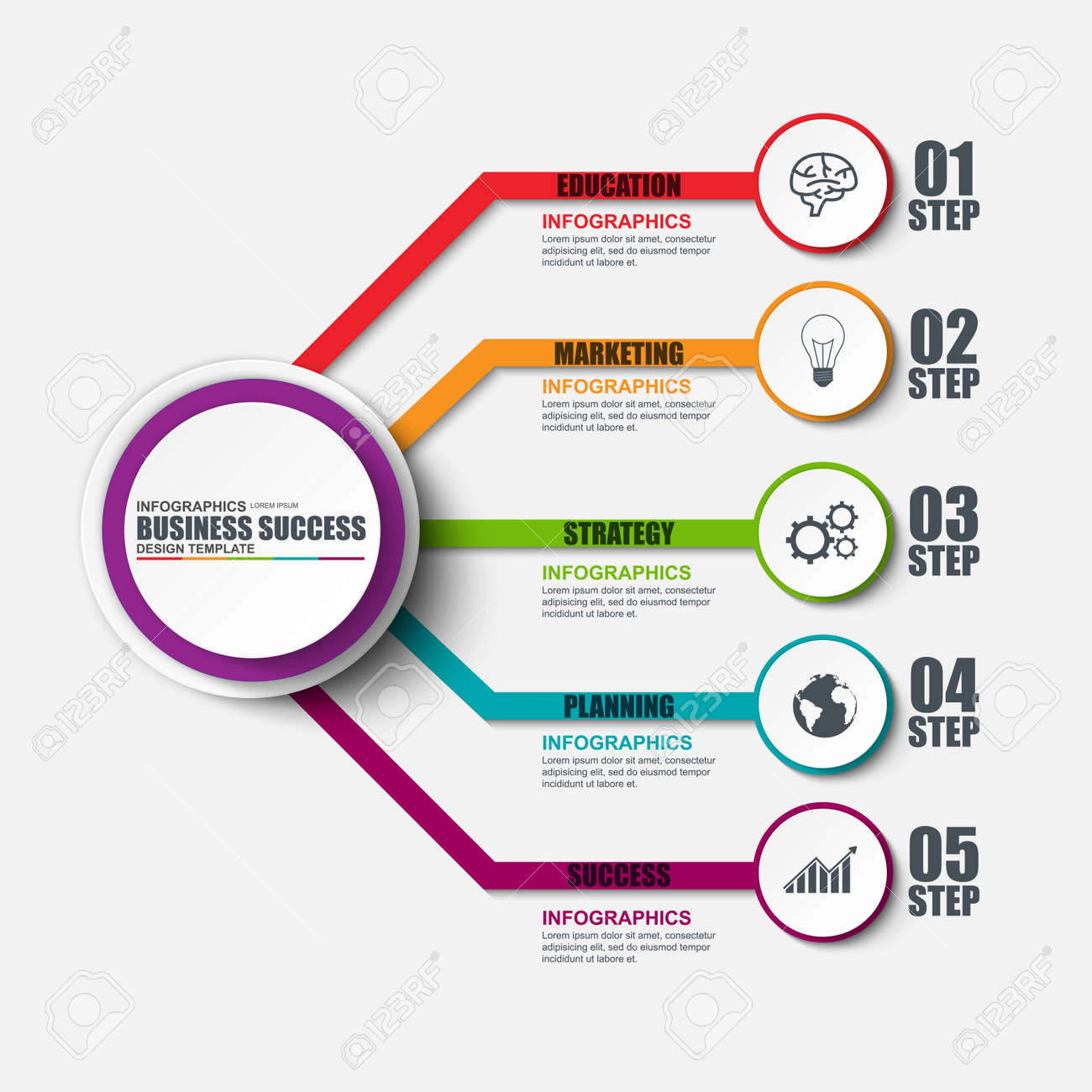Interested In Learning Just How Web Site Style Has Transformed Throughout The Years? Check Out The Journey
Interested In Learning Just How Web Site Style Has Transformed Throughout The Years? Check Out The Journey
Blog Article
Uploaded By-Hartley Dalby
In the past, sites were basic and concentrated on details. Navigating was straight, and design was for desktops. Now, individual experience is key. Data overviews designs for easy navigating. Responsive designs suit various gadgets. Today, dark setting decreases pressure, and minimal food selections boost navigation. Interactive functions involve individuals, and bold visuals stand out. AI integration improves involvement. See just how layout has actually advanced to enhance your on the internet trip.
Very Early Days of Web Design
In the early days of web design, simpleness preponderated. Internet sites were fundamental, with limited colors, font styles, and designs. The focus got on providing info as opposed to showy visuals. Users accessed the internet via slow dial-up links, so rate and capability were key.
Navigating food selections were straightforward, normally situated at the top or side of the web page. Web sites were designed for desktop computers, as mobile surfing wasn't yet prevalent. https://www.forbes.com/sites/forbesagencycouncil/2021/04/01/five-essential-digital-marketing-tips-for-beginners/ was king, and designers focused on very easy readability over complex style elements.
HTML was the key coding language used, and developers needed to function within its constraints. https://timesofindia.indiatimes.com/blogs/voices/performance-marketing-industry-and-the-road-ahead/ and interactive functions were marginal compared to today's criteria. Websites were static, with little dynamic web content or personalized user experiences.
Rise of User-Focused Style
With the advancement of website layout, a change in the direction of user-focused design principles has actually ended up being increasingly popular. Today, producing web sites that prioritize user experience is vital for engaging visitors and attaining company goals. User-focused layout involves recognizing the requirements, choices, and habits of your target audience to tailor the web site's design, content, and features appropriately.
Designers currently perform thorough research, such as user studies and usability screening, to gather understandings and responses straight from users. This data-driven strategy helps in developing intuitive navigating, clear calls-to-action, and aesthetically enticing user interfaces that reverberate with site visitors. By positioning the individual at the facility of the design process, websites can provide a more personalized and delightful experience.
Receptive layout has likewise become a vital element of user-focused layout, making sure that internet sites are enhanced for various devices and display dimensions. This adaptability boosts ease of access and use, accommodating the varied methods users interact with web sites today. Fundamentally, the surge of user-focused design represents a shift in the direction of producing electronic experiences that prioritize the needs and assumptions of the end individual.
Modern Trends in Website Design
Discover the most up to date fads forming website design today. One popular trend is dark mode layout, offering a sleek and modern-day appearance while decreasing eye stress in low-light atmospheres. One more crucial fad is minimal navigating, simplifying food selections and improving individual experience by focusing on essential elements. Including micro-interactions, such as animated switches or scrolling effects, can create a more appealing and interactive web site. Receptive style remains vital, making sure seamless user experiences across different gadgets. In addition, making use of vibrant typography and asymmetrical formats can add aesthetic interest and accentuate specific material.
Integrating AI modern technology, like chatbots for customer assistance or tailored recommendations, boosts user involvement and improves processes. Availability has likewise come to be a substantial trend, with developers prioritizing comprehensive design practices to deal with varied user demands. Welcoming sustainability by enhancing internet site performance for speed and performance is another arising pattern in website design. Teaming up with individual comments and data analytics to iterate and boost style continuously is vital for remaining pertinent in the ever-evolving electronic landscape. By embracing these modern-day patterns, you can produce a visually appealing, easy to use site that reverberates with your target market.
Conclusion
As you assess the development of web site style from the early days to now, you can see how user-focused layout has actually come to be the driving force behind contemporary fads.
Accept the journey of modification and adjustment in web design, always maintaining the customer experience at the center.
Remain existing with the current patterns and modern technologies, and never stop developing your method to produce aesthetically stunning and straightforward sites.
Advance, adjust, and develop - the future of web design remains in your hands.
